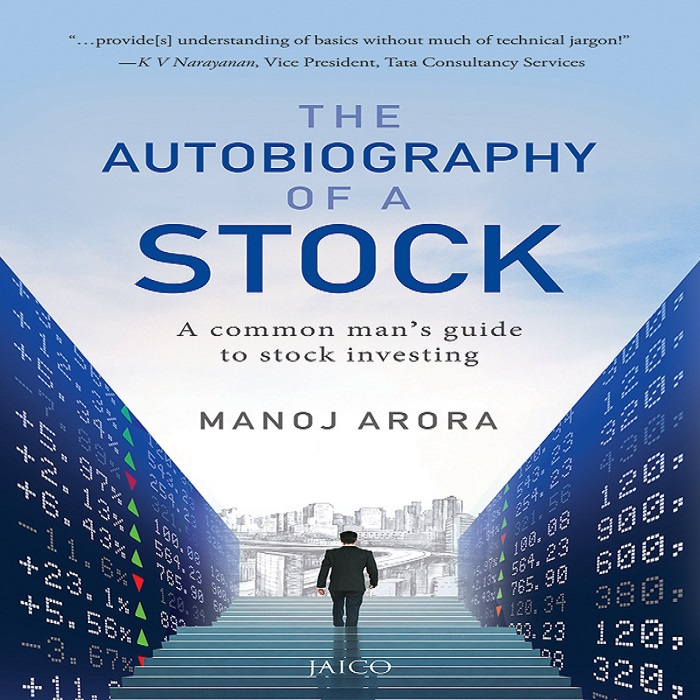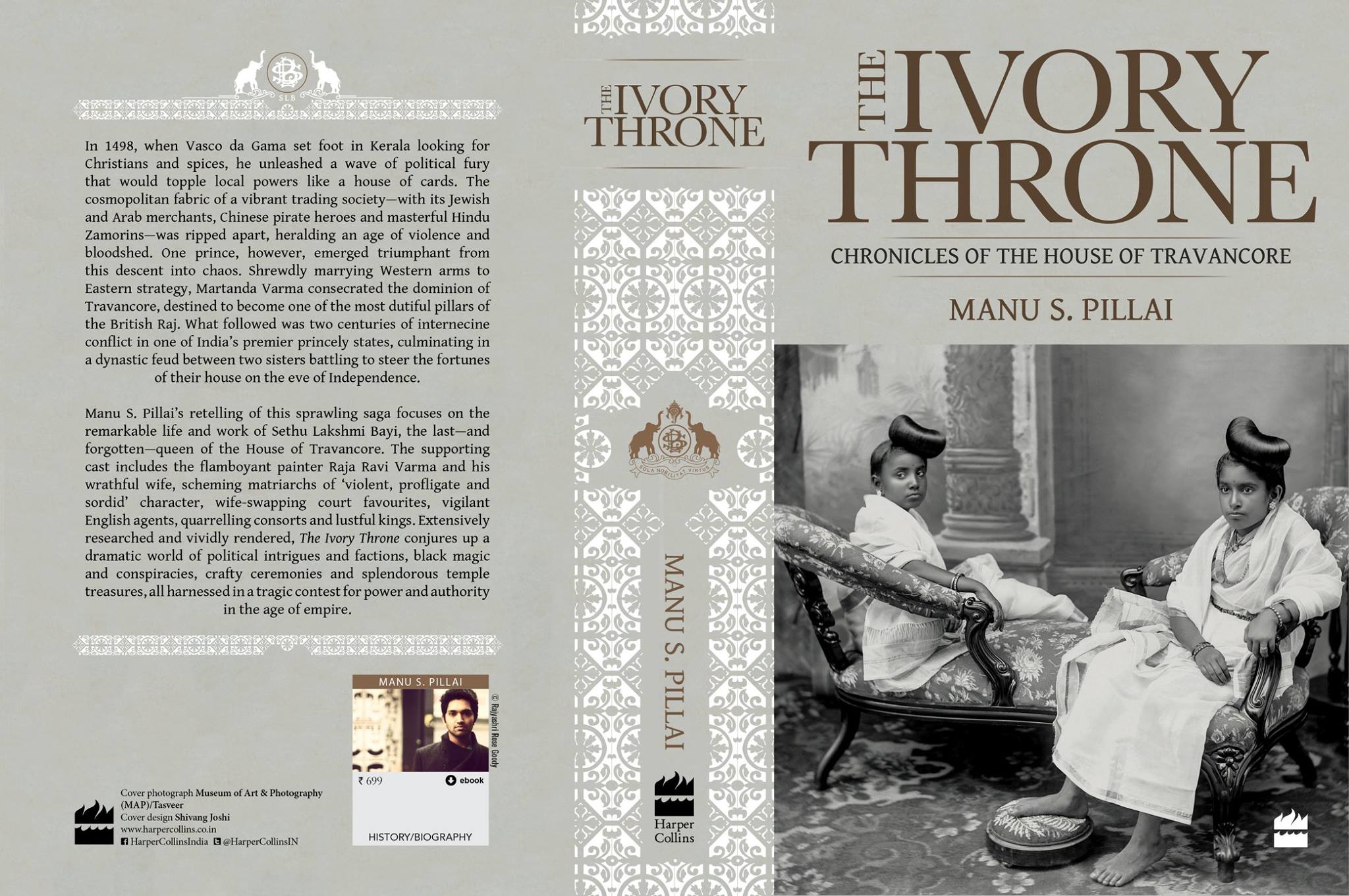Giles says at the end of his book -“… This book was never meant to complete with them or play that role; rather I wanted to tell stories. I wanted to complement those other books….”
Giles claims to have written a storybook and not a textbook, he succeeds in that attempt and makes you go through the stories of 101 brands in the most lucid manner. With the brands that have been successful, he has also added stories of brands who got it wrong and sunk into oblivion, and this has, to the benefit of the author, imparted contrasting hues to his work.
I liked reading these stories and I would certainly recommend it to people around me instead of letting them dig the entire web without direction. However, I see a particular pattern emerging out that worries me as a writer as well as a reader. As with the startup scene, are we seeing an aggregation age in book publishing too where a collection of x items is turned into a book without caring for an often cited term ‘creativity’, of the author’s mind? I hope that the publishers recognize the sincere from the lazy and do not overdo the business part in this complex Creativity-Business equation. Most of all, I hope this book doesn’t fall on the shelf that is meant to mint money at the expense of originality.
Giles Lury has written a book From Ideas to Iconic Brands. He is the Executive Chairman of The Value Engineers, a leading marketing and advertising agency. The book is published by Jaico. Giles Lury has an affable way of writing and keeps you with him from first page to the last. Push in one addendum that most of the brand stories in the book can be found on the web, his work gains a more difficult skin – what difference has he made to the stories already out there while bringing them down in his book?
I would add two more things to Giles’ note at the end of the book about his purpose – Context and Objective. The writer tacitly adds a context to each of the story he tells and has an objective, a motivation in his head to tell a story when he tells it. This makes it easier for the readers to take what they would usually take from the book and also receive an extra message on writer’s own conclusions to the stories. By the time I reached the other end of his book, I felt I had more wherewithal with me to use at work and life as compared to when I started reading it.













